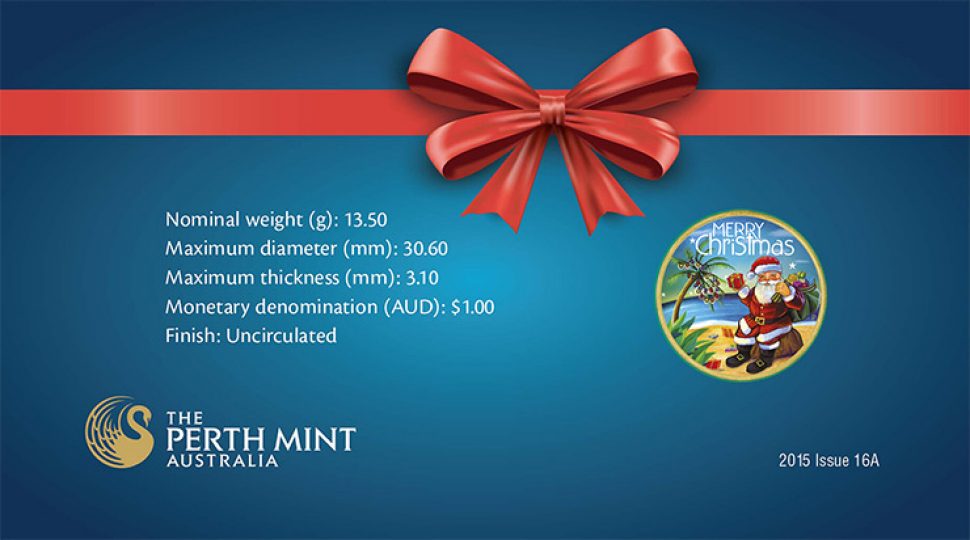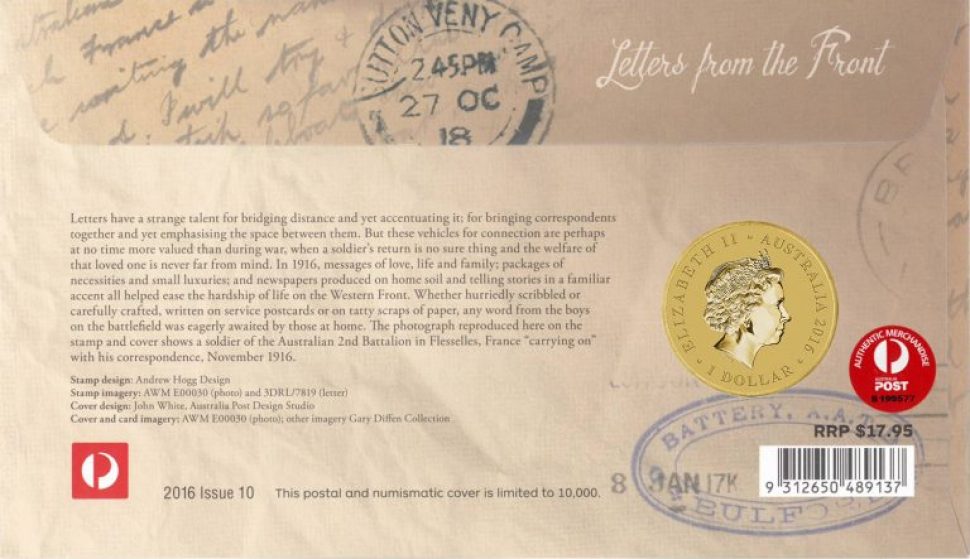For collectors, whether of sports memorabilia, literature, art, stamps or coins and more, part of making a sound investment depends on whether the purchased item is genuine. The disappointment of taking something to a dealer for valuation, only to find it’s a ‘fake’ (and therefore worth nothing), is not something anyone wants to experience, if they can avoid it.
In 1994, Australia Post started releasing a postal numismatic cover (PNC) as part of a number of stamp issues each year, with coins from the Perth Mint and the Royal Australian Mint. At times, non-genuine products manage to slip into circulation. So, for collectors who specifically collect PNCs, or for those who like to collect all products associated with a particular stamp issue, we thought it would be useful to outline how to spot ‘the real thing’.
1. Year of issue and issue number
Since 2008, all Australia Post PNCs carry the year of issue and issue number on the back. The numbering is not always chronological, and on some products an alphabetic letter may be included alongside the number.
2. Seal of authenticity
Since 2008, all Australia Post PNCs carry a seal of authenticity (security sticker) on the back, indicating that it is genuine Australia Post merchandise. The sticker says “Authentic Merchandise” and also includes its own unique identification code.
3. Check Australian stamp catalogue listings
A list of previously issued PNCs is available in Australian stamp catalogues. For a list of PNCs issued between 1994 and 2014 (including images), see Stamps of Australia (Renniks Publications). For an unillustrated list up to 2010, see The Australasian Stamp Catalogue (Seven Seas Stamps). These catalogues are updated on an ad-hoc basis by the publishers.
Current Australia Post PNCs can be purchased online, at participating Post Offices and via mail order on 1800 331 794, while stocks last.




